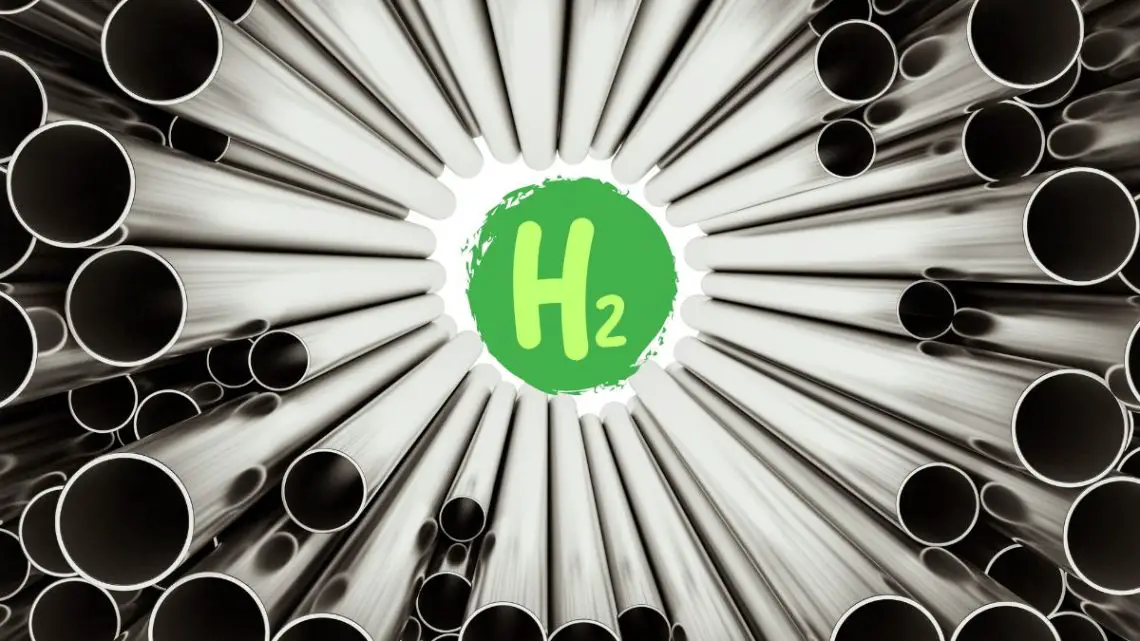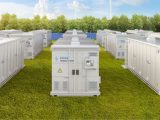
Israeli Innovators Unleash Green Hydrogen Production Using Factory Waste
August 15, 2023The team of scientists say they were able to use this material to make H2 without toxic byproducts.
A research team from Sami Shamoon College of Engineering in Israel have developed a new green hydrogen production process using stainless steel powder.
The process uses H2 trapping and the researchers say solar energy could boost production capacity.
Green hydrogen is made in a process devoid of Carbon dioxide emissions,” said Dr. Guy Ben Hamu, research team head. “We add a stainless steel powder to water then and through an electrochemical process produce hydrogen. We do not introduce any other energy to the water and the hydrogen is released from it spontaneously. In order to produce a large amount, solar energy can be added, and then more hydrogen can be produced in a short span of time.
According to Ben Hamo, this process has the potential to provide an energy source that would be usable during the Jewish sabbath without risking the violation of religious law.
This strategy avoids the use of complicated systems and – depending on the addition of other forms of clean energy such as solar – it can be stopped at times that align with religious rules in the country.
“As long as we can add the powder to water, we can make electricity,” said Ben Hamo.
The researchers started developing the green hydrogen system four years ago.
The team’s goal is now to complete the system within a year. They want to be able to essentially create the container in which the water and metal powder can be added and where electricity can be generated. The research team leader referred to the discovery as one already drawing international and investor interest.

The system’s prototype has already been created by the team in the form of a toy car. “The car has cups with water, to which we add metal powder. It produces green fuel, and the car moves,” said Ben Hamu. “Over time, we improved the powder to produce as much green fuel as possible. There are various types of powders, and the difference between them is not the amount of fuel they produce, but how they produce it. For example, if you want a small amount of fuel for a long time or a large amount of fuel for a short time.”
Industrial waste
 The materials used for creating the green hydrogen production powder are obtained from foundry waste. They are ground into a powder to be used in the unique new process.
The materials used for creating the green hydrogen production powder are obtained from foundry waste. They are ground into a powder to be used in the unique new process.
Ready to test your knowledge on the most abundant element in the universe? Take our fun and engaging Hydrogen Quiz now! [forminator_quiz id=”58712″]



 With over 15 years of reporting hydrogen news, we are your premier source for the latest updates and insights in hydrogen and renewable energy.
With over 15 years of reporting hydrogen news, we are your premier source for the latest updates and insights in hydrogen and renewable energy.
It sounds like what is happening is that the variation in metals gives the surface voltage difference that then produces – & + anodes on the powder of various types with Stainless Powder having a large potential difference with other metals. Then this would continue until the metal has been consumed. This is enhanced in salt (sea) water so I suspect that somewhere in the process they are adding salt whether intentionally or not. It would seem that this is a very slow process and would not be commercially viable for large scale commercial markets.
Finally, they are on the path to finding another energy-dense solution manifesting the hydrogen dream. Not slow If I read and understand the article and likely chemistry correctly. Fully customizable and potentially energy dense, a solution to many challenges H2 presents.